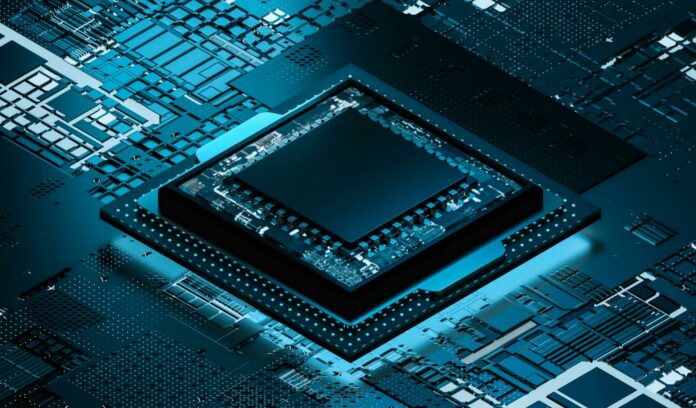A new type of memory called UltraRAM has been making some noise lately. Developed by Quinas Technology, a spinoff from Lancaster University in the UK, it sounds nothing short of revolutionary. Promising the non-volatility of flash with performance exceeding DRAM, it could replace both in one fell swoop.
UltraRAM is a new type of universal memory. It offers higher durability than the NAND flash found on SSDs while delivering read and write performance far exceeding RAM. This new holy grail also consumes less power. It truly could be the one-stop shop for all types of devices. Thanks to its low energy consumption, it can reportedly hold data for more than 1,000 years. Yes, it’s the ultimate Windows hibernate solution. Quinas also says UltraRAM requires 100 times less switching energy compared to DRAM.
This technology could give us a device with 1TB of memory that you can use for both data storage and system operation. For gamers, this would also mean no loading time, as data is technically already in something faster than RAM.
These high durability claims are partly due to UltraRAM’s very low program/erase voltage. For example, a typical SSD flash chip may need between a 15 and 22-volt pulse to erase the content of a page. A page typically stores 8KB to 16KB of data and is made of multiple cells. UltraRAM, however, only needs 2.5 volts for the same task. UltraRAM exploits a quantum-mechanical process called resonant tunnelling, allowing it to be non-volatile while keeping high access speed and energy efficiency.
While it may sound too good to be true, UltraRAM has demonstrated degradation-free operation in excess of ten million program/erase cycles, according to Quinas. The best part is that manufacturers can make UltraRAM using established semiconductor and silicon industry processes. It could even merge the makers of RAM and storage into one large market.
Regardless of whether it can effectively store data for millennia or if it can 10x DRAM speed, combining NAND data retention and DRAM speed is enough to revolutionise computing. And if this technology becomes available on consumer products, we can finally say goodbye to loading screens. I’m not sure how this would affect skyrocketing prices, but I’m hopeful it could bring them back down. That said, this technology is likely a while away from coming to market.

